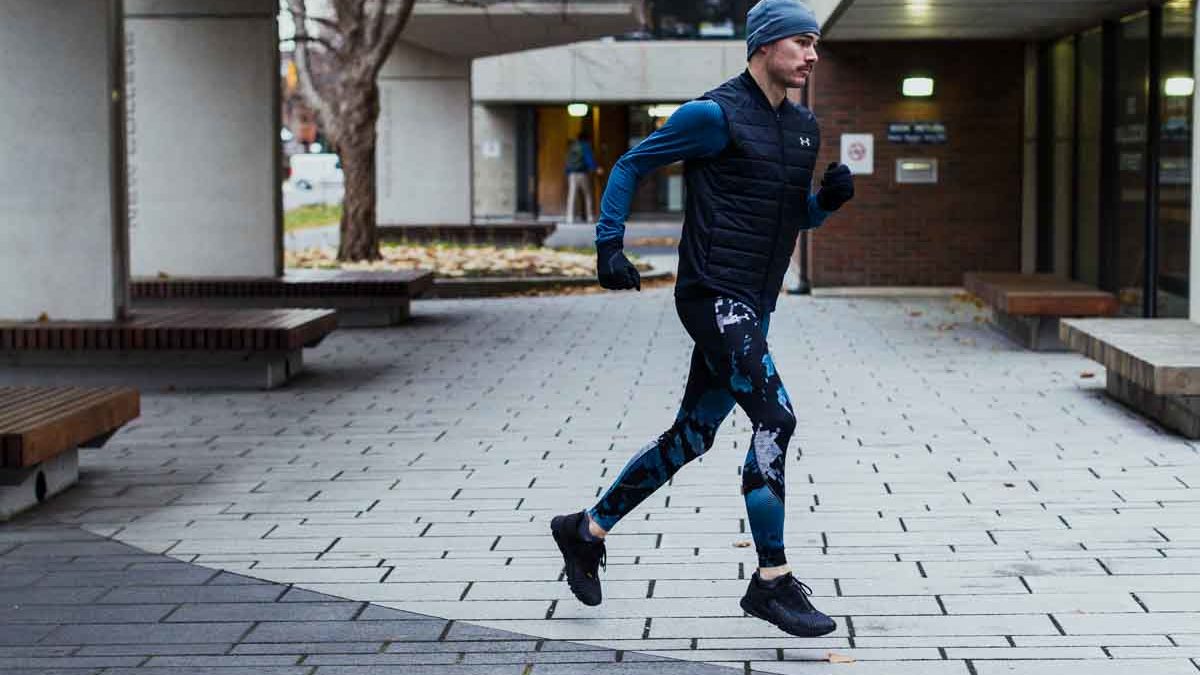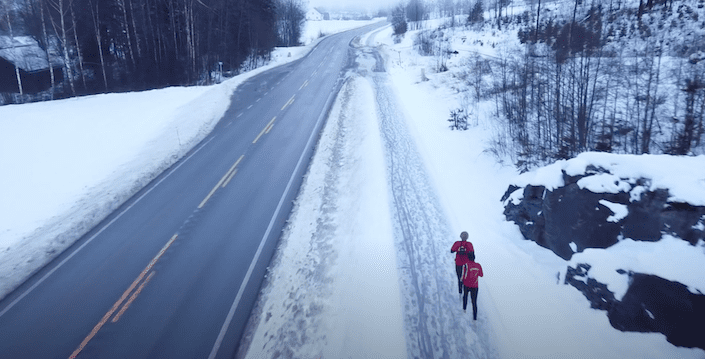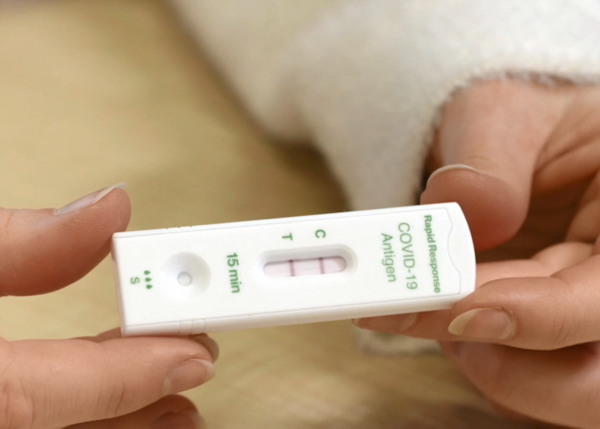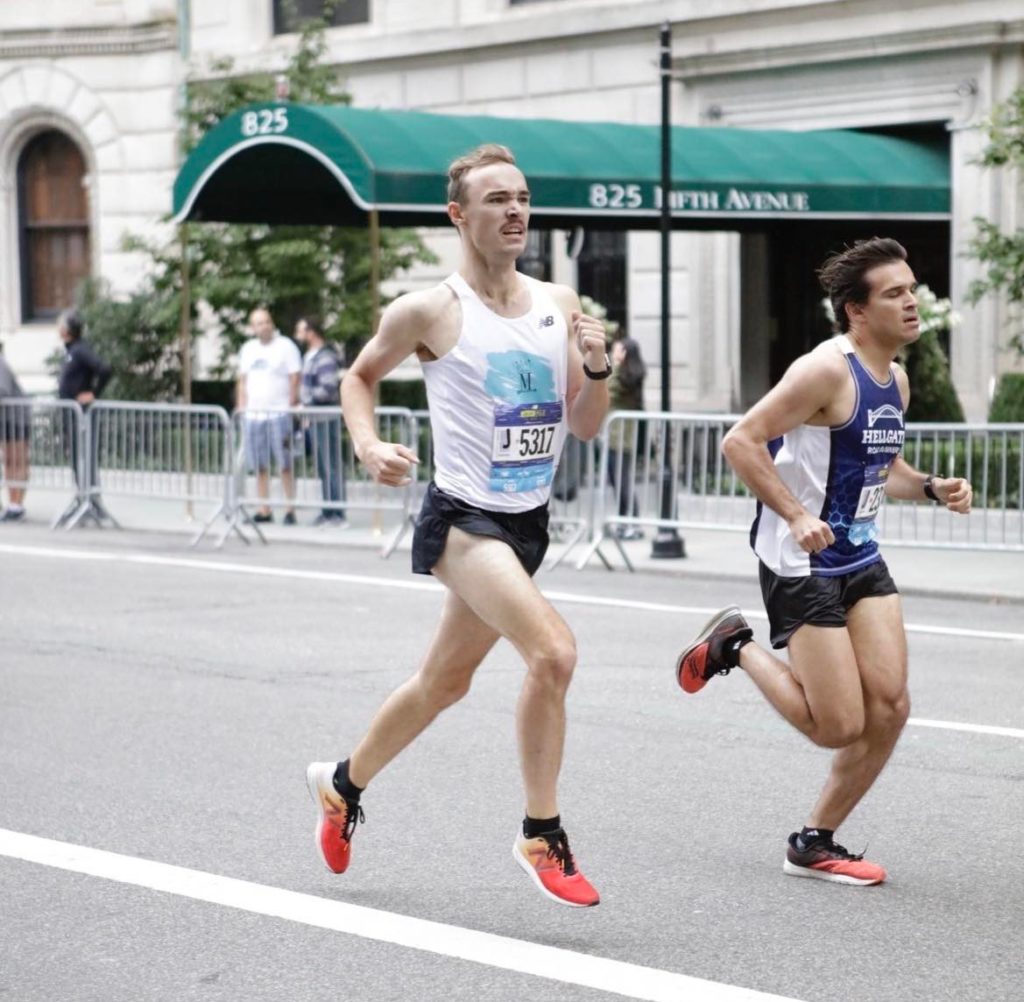A runner’s experience with Omicron
Running after COVID is everyone's worst nightmare – being good at something and forgetting how to do it
 Photo by:
Matt Stetson
Photo by:
Matt Stetson
December 16 was just another Thursday. I spent the day writing in the Canadian Running office and the evening running with my track club, Toronto’s Monarch Espressos, and then watching Thursday Night Football with a few close friends. I had just started running again, motivated by the return of road racing in the fall after suffering a soleus injury in September.

On the weekend, something felt off – I was run down. My body ached, and I didn’t know why. I took a few rapid antigen tests with me from our office: Saturday, negative; Sunday, negative; Monday, negative; Tuesday (Dec. 21), positive. I couldn’t believe it. Let’s do it again, I thought to myself, positive.
A million thoughts go through your mind when you test positive for COVID when you are vaccinated, where did I get it? Who did I see? Who did I come in close contact with? I immediately tried booking a PCR test, everything was booked till Dec. 27. I was in isolation and bedridden but I wanted the PCR test for validation. A year ago, no one I knew had contracted the virus, but the recent spread of the variant has affected everyone.

I called a local Shoppers Drug Mart and pleaded my symptoms, which got me a PCR test on Dec. 22. The virus is rough – worse than any flu I’ve ever had. I went from running 16-minute 5K shape to barely being able to walk upstairs. I wasn’t trying to run, nor wanted to, but even a brief walk for fresh air would leave me huffing and puffing.
How a pilot and a teacher used running to get through the pandemic
It was a week before I began to feel better, but I was still awaiting my test result. On Jan. 5, I finally got the results back, and it was what I expected, Omicron (the new PCR tests now indicate the variants).

What’s been most difficult is regaining the fitness I lost from this virus. My first run back was a humbling experience – I tried to go for a 20-minute run, slower than my easy run pace. A mile in, I needed to walk. I began doing five-minute runs and one-minute walks. Although I was only off for three weeks, it felt like years.
I have now gradually built up to 15 minutes of running, but all runs still end the same – coughing and congested.
If you’ve had COVID-19, your running kinetics may have changed
The return to running has been tough on me mentally. I constantly compare my runs to where I was at last summer, or even three weeks ago. Running after COVID is everyone’s worst nightmare – being good at something, then forgetting how to do it.
But if there’s one thing I can apply to my running from this two-year pandemic, it’s patience. There’s no need to rush back to training from COVID, take it slow and let your body adapt to change.


